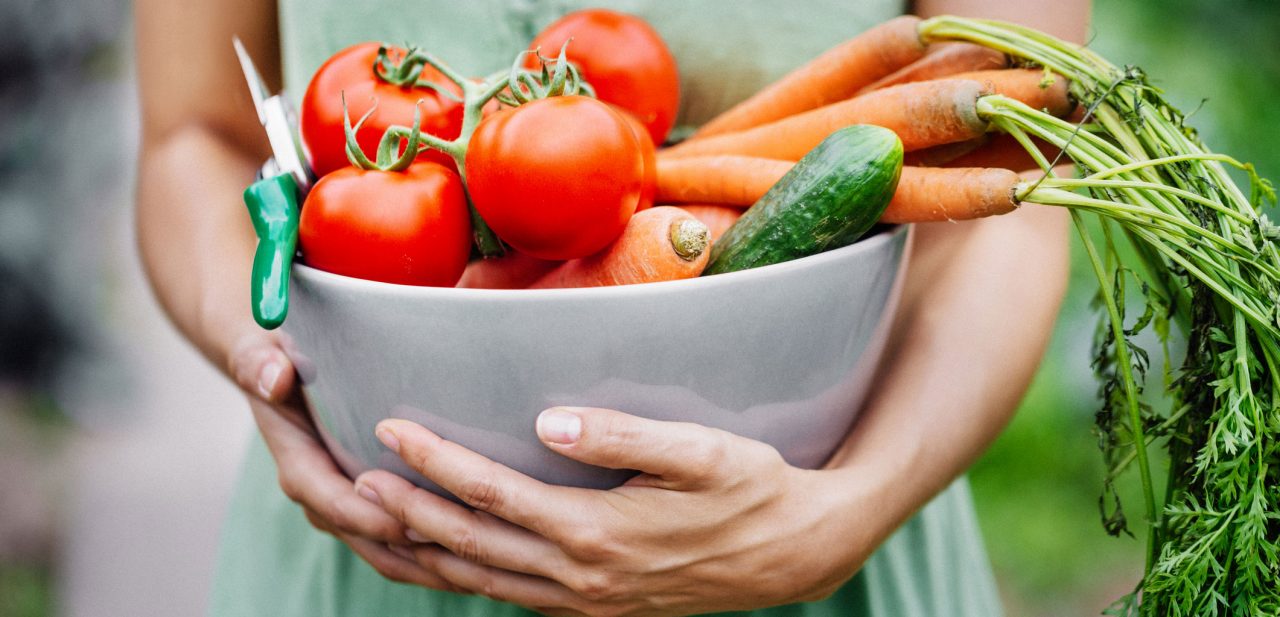High Blood Pressure Diet

After three weeks of eating a high blood pressure diet, you’ll feel better, have more energy, and will enjoy your meals. Here’s what you need to know.
If the thought of changing your diet has you reaching for chocolate and chips, fear not. Changing habits are easier than you think, especially when you cut back on unhealthy foods and add delicious ones. By following this healthy heart diet, you can lower your blood pressure and increase your well-being.
Plus, dark chocolate and low-sodium chips are allowed in a high blood pressure diet. Eating dark chocolate has been linked to lowering high blood pressure because dark chocolate is rich in flavanols, which widen your blood vessels and ease blood flow.
YOU MIGHT ALSO LIKE: How to Lower Blood Pressure with Minerals
If it’s salty foods that you prefer over sweet, shop for low-sodium chips. Just don’t overdo it. In all diets, moderation is key. A high-salt diet can raise your blood pressure. So, follow these tips when limiting salt. (Notice, you don’t have to eliminate salt. You just have to cut back on salty snacks, unless your doctor says otherwise.) Instead of buying regular popcorn or chips, opt for the low- or no-salt versions. You can sprinkle pepper on them or make your own salt-free dips, such as hummus or guacamole.
Pop your own popcorn and, instead of salt, use lemon pepper seasoning, chili lime seasoning, spicy paprika, or drizzle melted dark chocolate over it. (See a high blood pressure diet is not about sacrifice. It’s about healthier choices that actually taste good.)
When you shop for foods that lower blood pressure, start reading labels to see the salt or sodium content on the ingredients list of what you purchase. Supermarkets stock a wide range of low-salt and salt-free snacks and foods that you don’t have to prepare.
Make reading labels a habit. It will help you watch for foods that are high in saturated fats or trans fats. These types of fats raise cholesterol. Plus, the high sodium content in these foods can increase your blood pressure.
If you do the cooking at home, buy a low-sodium cookbook. Just glancing at the recipes and the photos will get your mouth watering. Prepare foods without salt, and have a salt shaker on the table so your guests can add salt to their food.
At restaurants, tell the waiter to please have your food prepared with no or very little salt. Many restaurants and takeout joints make food from scratch. Ask about the sauces, too. A number of sauces are premade and have a high salt content.
After a few weeks of no- or low-salt eating, your taste buds will change and you’ll actually enjoy your food more.
Follow the American Heart Association’s DASH (Dietary Approaches to Stop Hypertension) high blood pressure diet. It was designed to manage high blood pressure and lower risk of heart attacks and stroke. Foods to avoid (in addition to salt) include red meat, sweets, and sugary sodas. To lower blood pressure, replace those foods with fresh fruits and vegetables, whole grains, low-fat dairy products, skinless poultry, fatty fish like salmon, and nuts, legumes, and olive oil.
If you do eat meat, look for the leanest cuts of beef. Buy skinless poultry. The trick is to avoid foods with high fat and salt content. Fatty fish, however, is good for you because foods like salmon are high in omega 3s, which lower cholesterol.
The recommended sodium intake per day is no more than 2,300 mg. That’s why it’s a good idea to keep track of the amount of salt in your diet. If your blood pressure is high, it’s best to lower that sodium intake to 1,600 mg or fewer per day.
After a solid three weeks of eating a high blood pressure diet, you’ll feel better, have more energy than before, and will enjoy your meals. This lifestyle change will work even better when you add exercise. If you suffer from hypertension, walking, jogging, cycling, swimming, and dancing can lower your blood pressure. Strength training also reduces high blood pressure.
Remember, whenever you start a new diet or add a new exercise routine to your life, talk to your physician.
YOU MIGHT ALSO LIKE: How to Lower Your Blood Pressure with Other Lifestyle Changes
Updated:
March 02, 2020
Reviewed By:
Janet O’Dell, RN